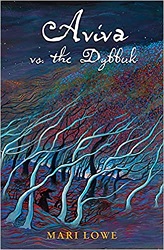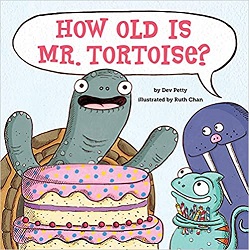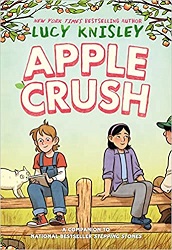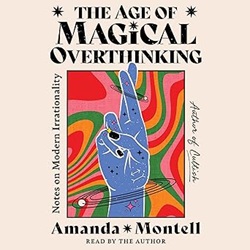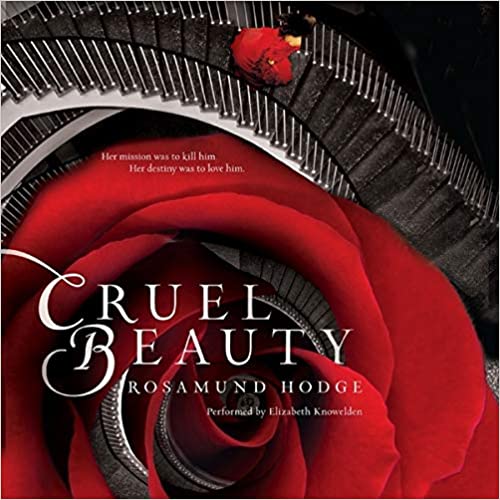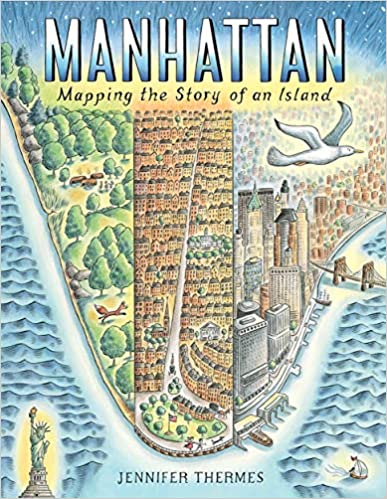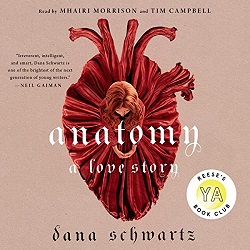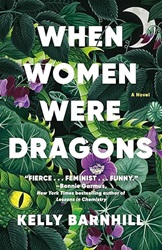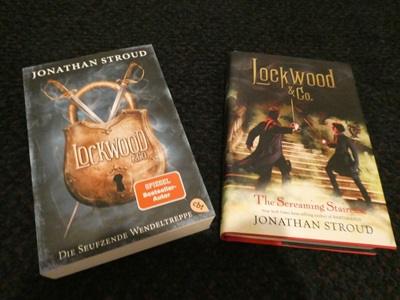
It’s time for Sonderling Sunday! That time of the week when I play with language by looking at the German translation of children’s books.
And – I recently traveled to Germany, after being away for 18 years – and purchased a new children’s book in German to use – Lockwood and Co. Book 1, The Screaming Staircase, by Jonathan Stroud! I’m excited to go through another much-loved book.
First, the full German title is Lockwood & Co.: Die Seufzende Wendeltreppe I don’t think it’s nearly as catchy as The Screaming Staircase, but what can you do? There are two translators listed, Katharina Orgaß and Gerald Jung. The English edition has 390 pages, and the German edition has 428 pages.
The chapters do not have titles, but there are five parts to the book, that do have titles. Part I in English is “The Ghost,” which is simply enough translated as Der Geist.
I like to start with the first sentence of chapter 1, which is a nice long one in this case:
“Of the first few hauntings I investigated with Lockwood & Co. I intend to say little, in part to protect the identity of the victims, in part because of the gruesome nature of the incidents, but mainly because, in a variety of ingenious ways, we succeeded in messing them all up.”
= Zu den ersten Fällen, an denen ich bei Lockwood & Co. mitgearbeitet habe, möchte ich hier nicht viel sagen. Einerseits, weil die Opfer anonym bleiben sollen, andererseits, weil die Einzelheiten allzu grausig sind, aber vor allem, weil wir es tatsächlich fertiggebracht haben, diese Aufträge allesamt gründlich zu vermasseln.
Now I’ll cite intriguing phrases:
“Chattering Bones” = Knochenknirscher (I think that’s a much better name for a spook.)
“unnecessary” = vermeidbare [Google translate: “avoidable”]
“creeping shadow” = Heimsuchung [“home-seeking”, “visitation”]
“hemline” = Rocksaum
“unblemished record” = ruhmreiche Bilanz [“fame-rich balance”]
“misty autumn afternoon” = nebligen Nachmittag [they leave out autumn]
I always like finding when Germans have one word for something and English doesn’t:
“rang the bell” = läuteten [To be fair, this is a case where you can figure out what they rang.]
“bell pull” = Klingelzug [“Ring-train”]
“scuffs on the letter box” = der Briefschlitz war verschrammt
“four diamond panes of frosted glass” = vier rautenförmigen Milchglasscheiben
“Don’t blab about everything you see.” = Nicht einfach drauflosreden.
“And, above all, don’t impersonate the client. = Und vor allem: Nicht den Klienten nachäffen!
“It never goes down well.” = Das geht immer schief.
“accents” = Dialekte
“Irish dockworker” = irischer Hafenarbeiter
“speech impediment” = Sprachfehler
“collar of his coat” = Mantelkragen
“vole” = Maulwurf
“clips” = Spangen
“no-nonsense manner” = ziemlich streng [“quite strict”]
“an enormous wool cardigan with sagging pockets at the sides”
= eine viel zu weite Strickjacke mit ausgebeulten Taschen
[“a much too wide knitted-jacket with out-bulging pockets”]
“resentment” = Feindseligkeit
“carefully brushed hair” = sorgfältig gekämmte [Ha! “gekämmte” is the opposite of “unkempt” in English!]
“polished rapiers” = blitzenden Degen [“flashing swords”]
I found a sentence they left out: “It lingered long on our faces.”
“disturbances” = Störungen
“supervisor” = Vorgesetzten
“licenses” = Zulassungsurkunde [“approval-certificates”]
“curfew” = Ausgangssperre [“Going-out-lock”]
“antsy” = kribbelig
“hilt of my rapier” = mein Degenknauf [“my sword-knob”]
And the last sentence of the first section:
“He grinned at me, stepped up to the door and, with a magician’s flourish, turned the key in the lock.”
= Lockwood grinste mich an, steckte den Schlüssel ins Haustürschloss und drehte ihn mit der schwungvollen Gebärde eines Zauberkünstlers herum.
That’s it for tonight! I’m leaving off on page 9 of the English version, Seite 17 in German. (But the German edition began the text on page 11, the English on page 3.) I very much hope that using most of these words will be vermeidbare and that you don’t run into any Knochenknirscher!
Bis bald!
